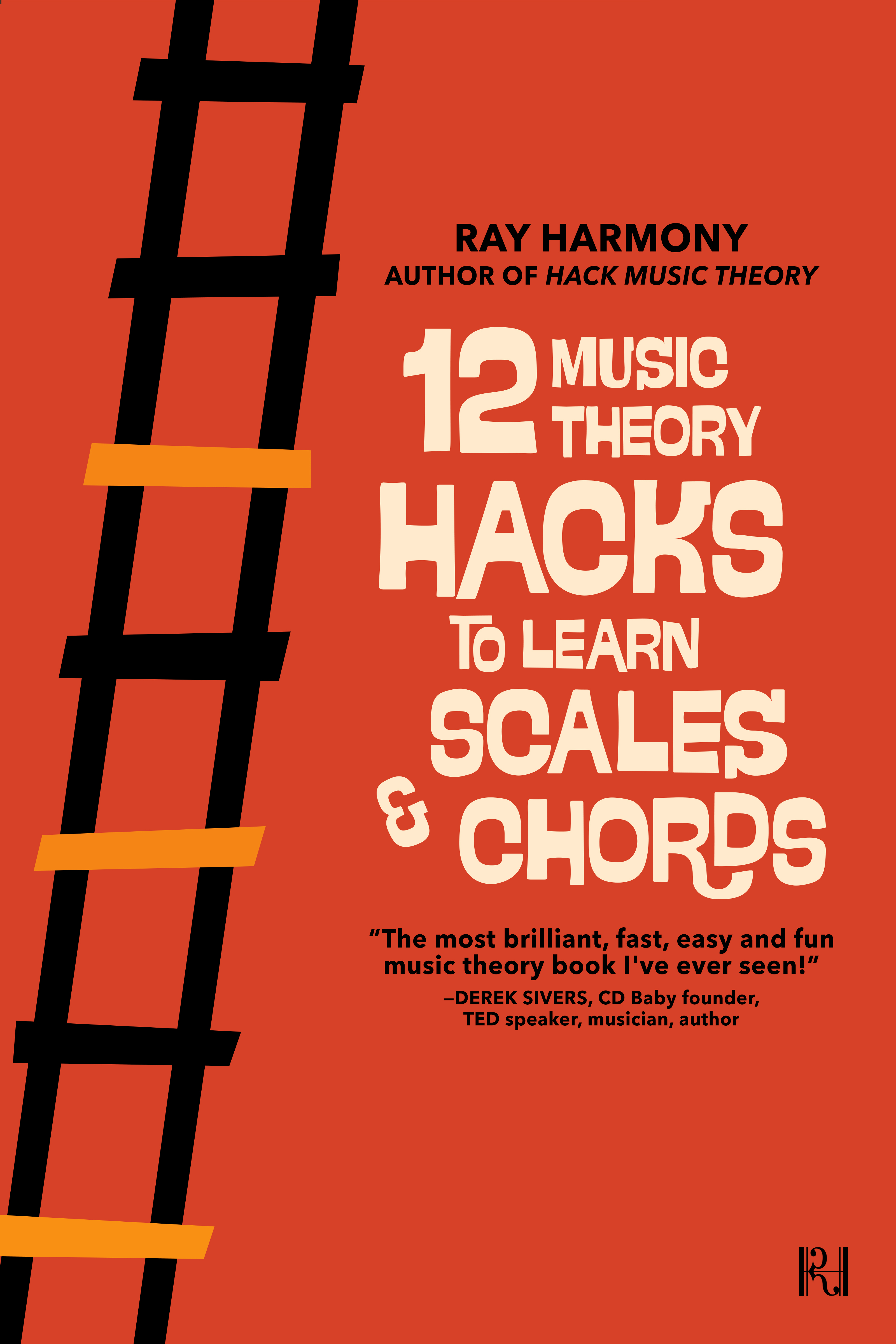Drum Secrets of Hip-Hop Legends
DOWNLOAD This Tutorial as PDF
Includes Bonus Hack, MIDI & WAV file examples
Could you hear the missing ingredient in our drum beat? (click play above). If not, don’t worry, that’s because the beat is actually pretty good the way it is. The kick pattern is a two-bar rhythm, which gives the drum beat variety. There’s also some off-beat kicks, which add groove. The hi-hat accents change in the second bar, which creates more variety. And the regular backbeat snare provides momentum. It’s a decent drum beat! So, what’s wrong with it then? Well, it’s a bit stiff and lifeless. And what’s the missing ingredient that will transform this decent beat into a great beat? Hip-Hop!
INTRO
Wait, what?! Isn’t hip-hop a genre? Yes, of course! But, as with all genres, there are theoretical characteristics that make music recognizable as hip-hop. And those characteristics can be isolated and applied to other genres to spice them up. Considering hip-hop has been the most popular genre for the last few years, if we want people to connect with our music, then there’s a lot we can learn from hip-hop’s secret formula. As you’ve probably heard in the music news, hip-hop is celebrating its 50th anniversary in 2023. In its 50 years, hip-hop has influenced almost every other genre. That fact inspired the idea behind our epic new Genre Project. In this ongoing series, we’ll hack different genres to reveal their secret formulas and how you can use those formulas to make better music in whatever genre you work in. So, if there’s a genre you want us to hack, drop us a comment. And just a quick caveat. Genres are also recognizable by non-theoretical characteristics, like instrumentation, and even some non-musical characteristics, like culture. But, we focus exclusively on melody, harmony, and rhythm. Also, every genre’s characteristics have their roots in earlier genres. However, exploring a genre’s heritage is a rabbit hole! A fun one, but still, we’re not going down there. Alright, let’s jump in!
KICKS
Hip-hop is all about groove, and one of the easiest ways to instantly add groove is to change your grid to 1/16 note triplets. Okay, well you have to do a little more than just change your grid. But, that’s the game-changer right there. Seriously! All you do now is move your kicks onto that new grid. And by the way, the tempo of our example is 84 BPM. Also, depending on where your kicks were before, some of them might sound weird on the new 1/16 triplet grid, but just delete those weird-sounding kicks. The magic hip-hop kick that probably adds the most groove is on the 1/16 note triplet right before beat 3. So, that’s what we played. And you can hear this magic hip-hop kick everywhere, but a classic example is in Wu-Tang Clan’s 1993 track “Cash Rules Everything Around Me”.
SNARE
Hip-hop usually uses a regular backbeat snare, which is on beat 2 and beat 4. There’s obviously nothing unusual about that. But, where hip-hop gets creative with the snare is by adding a syncopated hit to the drum beat. And syncopation just means that it’s played off the beat, in other words, in between the main beats. This snare is often on the 1/16 triplet grid as well, so we added this syncopated snare on the 1/16 note triplet right before our kick that’s on beat 3+. And you can hear this hip-hop snare everywhere, but a classic example is in Ice-T’s 1986 track “6 in the Mornin’”.
HATS
Many other genres use the hi-hats as the pulse; simply a way of keeping time. Not hip-hop, though. Oh no! Great hip-hop producers never waste an opportunity to be creative, so there’s none of those boring metronome-style hi-hat patterns here. Pretty much anything goes when it comes to the hi-hat, as your groove is already established from your kick, and the momentum is coming from the snare, so you’re free to experiment on the hats. That’s exactly what we did here, creating a similar but different rhythm for bar 1 and bar 2. Both are still using the 1/16 triplet grid. And you can hear those hip-hop hats everywhere, but a classic example is in Dr. Dre’s 1999 track “Forgot About Dre”. A bonus hat hack is to change your grid to 1/32 straight, then add 1/32 note rolls in a few places. We replaced the hats in the beginning of both bars with 1/32 rolls.
So, no matter what genre of music you make, whenever your beats are sounding a bit stiff and lifeless, apply these hip-hop hacks and they’ll instantly pump your drums full of energy and groove!
Free Book
 |
Wooohooo!!! You’re a mere 30 minutes away from being even smarter than you already are. Just head on over to your inbox now for your free download.
Podcast
Listen below, or on any podcast app.

